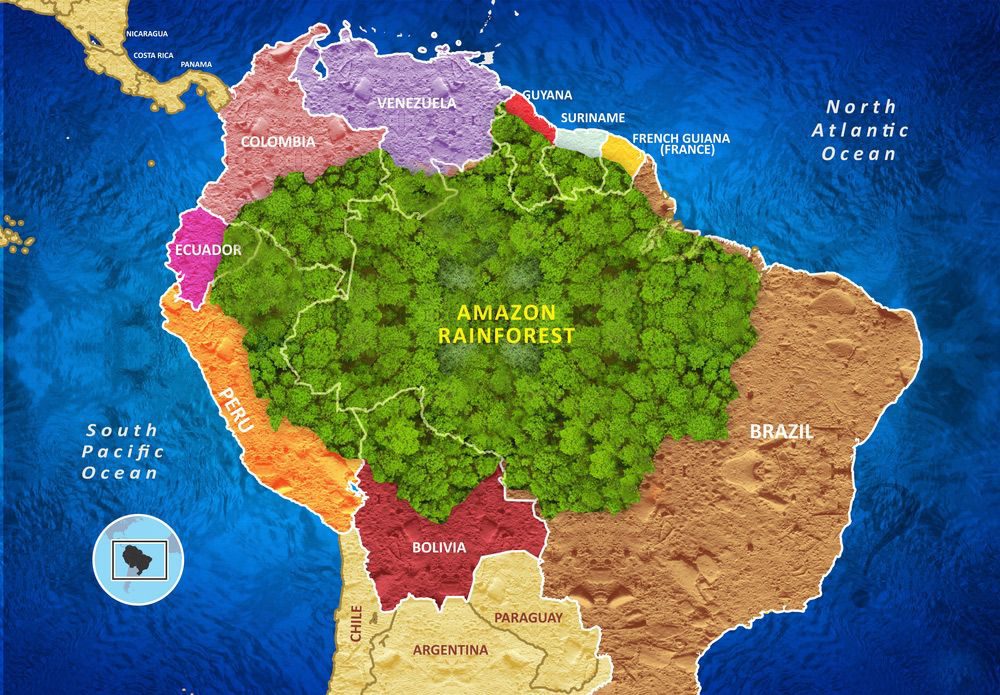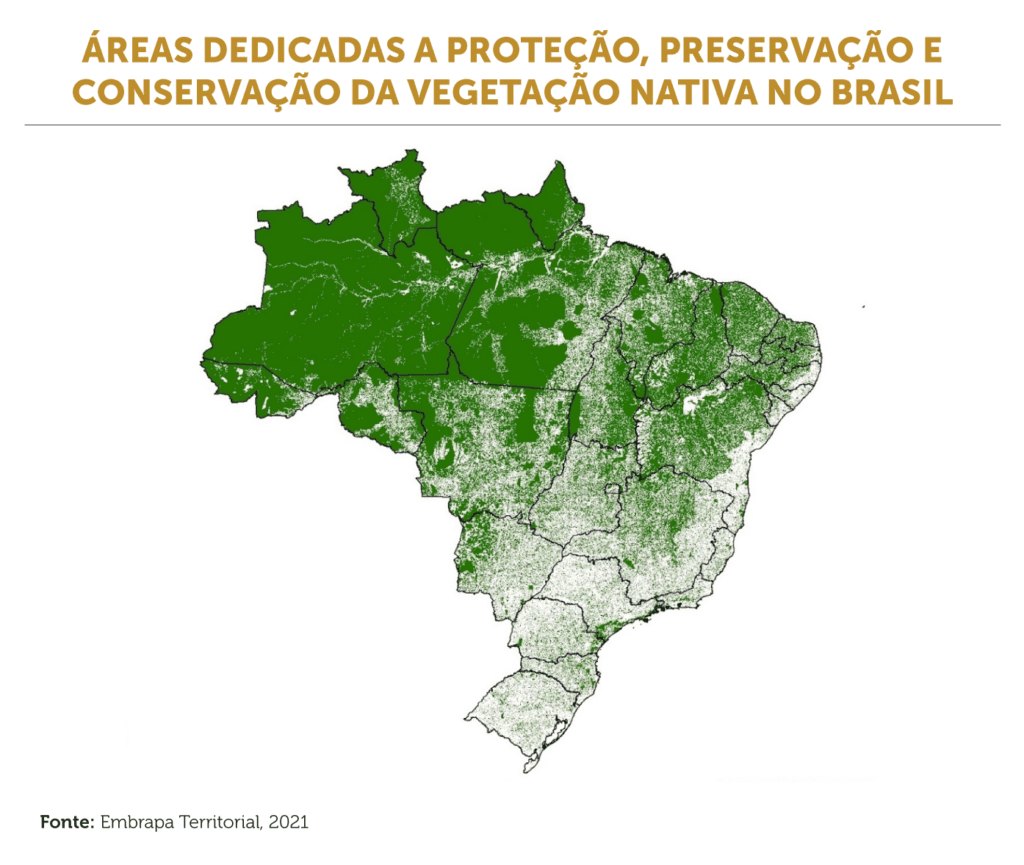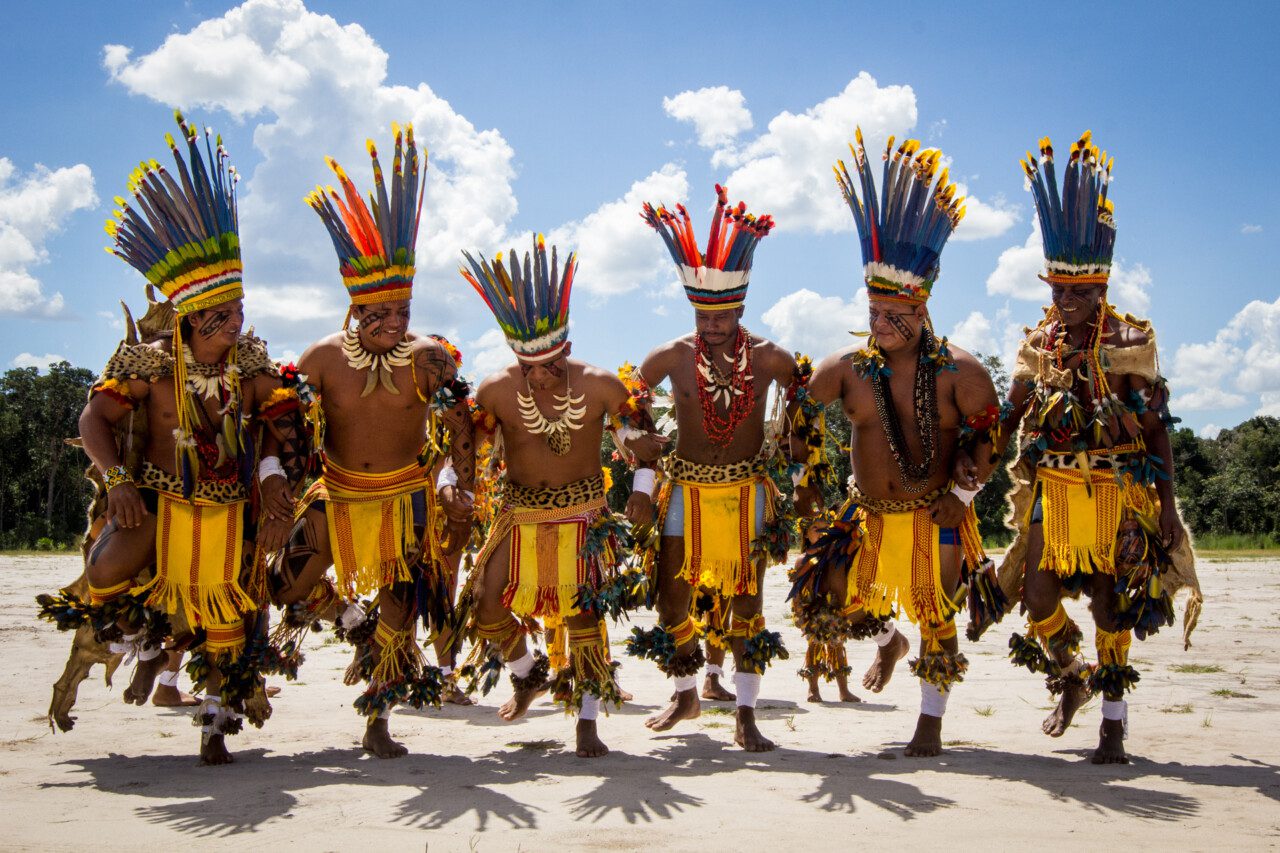We are both an agricultural and ecological powerhouse, able to produce food for a significant portion of the world’s population and to preserve 70% of our forests.
Photo – Haliti-paresi Indians
Gen Eduardo Villas Boas
Revista Oeste
(DefesaNET) Recently, we talked about the four dimensions to be taken into account when planning for Amazonia. I presented the first: the human dimension. Today we will continue the subject.
I mentioned in the previous article that the priority is still to preserve culture above human survival. However, this reality is promisingly beginning to change.
The Parecis Indians, associated with other ethnic groups in Mato Grosso, decided on their own to break out of the situation of indigence that prevented them from accumulating a surplus to invest in their individual growth and in the progress of their communities. Today they earn more than R$ 120 million from grain cultivation.
Initially they went to work on neighboring farms, but the children suffered from malnutrition, with some deaths occurring. The leaders, betting on their own capacity, started to cultivate the land. To do so, they had to overcome obstacles, such as obtaining resources for investments, since the lands belonging to the Union could not be pledged, and the payment of fines for the use of transgenic seeds. Many difficulties were overcome with the creation of a cooperative, Coopihanama (Cooperativa Agropecuária dos Povos Indígenas Haliti-Paresi, Nambikwara e Manoki), with the support of Funai and the Agriculture Federation of the State of Mato Grosso.
This capacity developed by the Indians usually does not please the NGOs, due to the fact that they become independent and, as a consequence, the organizations see the sources of resources that sustain them dry up. Such a scenario tends not to last any longer, in view of the prospect that environmental and Indian fundamentalism will return with the people announced to occupy positions in these areas.
The Indians will once again serve as tools for environmentalism.
Environmental dimension
Environmental policy among us has also acquired an essentially geopolitical character, since the main measures in this area always involve attempts to neutralize large tracts of land, often without even having a corresponding management plan. Much more impacting environmental aspects, with more serious consequences on sanitary conditions, hygiene, and the health of local populations, have received little, if any, attention from environmentalist thinking.
As a consequence, the implementation of the necessary measures to tackle serious problems, such as the inexistence of sewage collection networks and the precariousness of garbage collection systems, is not being carried out. In riverside communities, it is common to see people bathing in the same place where waste is dumped and water is collected for domestic consumption, and it is frightening to see the enormous amount of debris of all kinds that is permanently thrown into nature, especially into the rivers.
The possession of the Amazon gives Brazil a stature that normally escapes the perception of us Brazilians. Externally, it places us in the position of fifth largest territorial extension in the world, which gives us, according to Professor Bertha Becker, the condition of holders of sovereignty over most of one of the only three major ecosystems on the planet still to be explored (the other two are Antarctica and the ocean floor).
At a time when concerns about the environment and climate change occupy a prominent place among the topics that sensitize public opinion worldwide, we must be aware that we will always be held accountable, justifiably or not, for the conditions under which we are dealing with Amazonian problems.
Internally, it is easy to imagine how rigorously we will be judged by future generations if we write the chapter on the history of the Amazon in an inappropriate or irresponsible way.
Generally, the measures implemented by the responsible agencies to contain deforestation are only repressive in nature, with no capacity to promote structural changes.
Furthermore, as mentioned before, we cannot lose sight of the economic value that the Amazon biome represents, besides being a kind of black box to be opened and unveiled in its contents by the current and future tools that science will provide, probably containing an enormous universe of scientific information to be disseminated for the benefit of Brazilian society and humanity.

Preservation
Brazil cannot accept being put in the dock by international public opinion, under the accusation of incapacity to manage its ecosystems, because absolutely no country in the world would have the authority to do so. We are at the same time an agricultural power and an ecological power. We are capable of producing food for a significant portion of the world’s population and of preserving 70% of our original forests.
These and other data are contained in studies conducted by Dr. Evaristo Eduardo de Miranda, of Embrapa Satellite Monitoring, based in Campinas. According to him, Brazil today has 70% of its original forests preserved, while Europe has only 0.3%.
The starting point used by the scientist is 800 years before Christ. It coincides, in general, with the period when man started to practice agriculture and, as a consequence, became sedentary, starting the process of cutting down the original forests, either to open them to crops or to obtain raw material for energy production, or even for the construction of buildings, or the manufacture of tools, weapons, domestic utensils, means of transport, armaments, etc.
Throughout this trajectory, some civilizations developed their power structures at the expense of their ecosystems, sometimes even depleting them. Many of them are modern-day societies whose populations and elites try to impose restrictions on Brazil to develop their own projects, demanding from us behavior patterns that they have not historically observed.
It is curious to hear arguments used to justify the devastation carried out in their own territories or those of the colonies where they predatorily exploited. Former German Prime Minister Angela Merkel, in response to criticism of the reduced percentage of remaining forests in her country, claimed that they are being replaced by reforestation, without pointing out that this practice does not recover biodiversity.
But on the other side of this coin is the question: How long can we boast this moral authority? We have destroyed 90% of the Atlantic Forest using the axe as a tool and the ox cart as a means of transportation; what will be done with the Amazon where chainsaws and bulldozers are used?

Regarding the felling of forests, three aspects deserve concern.
The first comes from the lack of criteria with which it is done, not respecting technical, economic, social, and even concrete parameters, such as the nature of the soil, the proximity of sensitive areas, the existence of springs, riparian forests, important ecosystems, and the presence of original communities.
The second stems from the speed with which it is occurring. If today almost 20% of the Amazon Forest has been lost, in 1970 only 1% had been cut down. The historical series of deforestation rates has changed little, showing that the measures adopted so far to contain it have only been able to promote fluctuations, but are far from showing real capacity to reverse the reigning trend.
The third comes from the fact that, generally, the measures implemented by the responsible agencies have only a repressive character, without the capacity to promote structural changes, which, if not changed, will result in all the efforts remaining innocuous, counterproductive, and exhausting.
History shows that agricultural development fronts tend to be disorganized and even violent, when governments do not anticipate through integrated planning measures, establishing parameters, stimuli and limits capable of channeling all the energy according to criteria that offer alternatives of development and well-being to the population, providing, alternatively, greater possibilities of success to repression actions.
It is worrisome that the deforestation process has already advanced in relation to the general tracing of what is conventionally called the arc of fire, which basically corresponds, in its westernmost part, to the northern limits of the States of Mato Grosso and Rondonia, now affecting the State of Amazonas, around the Transamazon Highway.
It should be emphasized that the actions undertaken by the agencies responsible for environmental preservation have also been predominantly geopolitical in nature, generally restricting themselves to the delimitation and neutralization of extensive areas, as is the case with indigenous lands, without accompanying socioeconomic measures, with the intention of offering alternatives to the affected populations.
It is clear, therefore, that a halt to the deforestation process cannot be put off any longer, but this will require the adoption of a proactive stance, marked by responsible, pragmatic and constructive attitudes, not only by governments, but also by Brazilian society as a whole.
*** Translated by the DEFCONPress FYI Team ***
